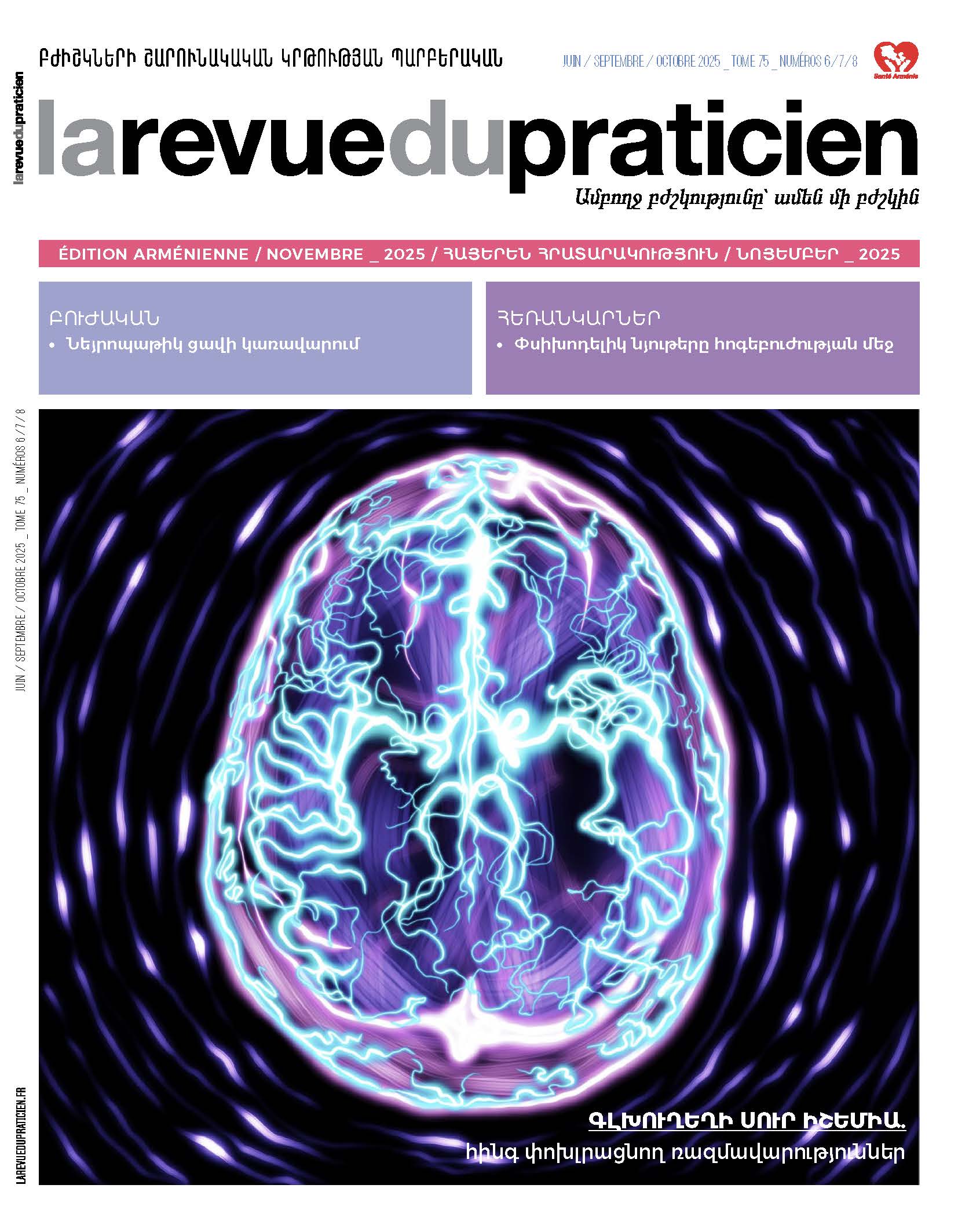Recent developments in the treatment of ANCA-associated vasculitides 43
Xavier Puéchal.Abstract
The treatment of antineutrophil cytoplasm antibody-associated (ANCA) vasculitis is based on induction therapy to achieve remission, followed by maintenance therapy to prevent relapse. Management has progressively evolved towards a better match between a patient's clinical situation and the proposed treatment strategy. Induction treatments differ according to the classification of the vasculitis, its severity, the existence of previous relapses, the patient's medical history with his comorbidities, and the epidemic situation. Maintenance treatments have been adapted to the probability of relapse to improve the benefit/risk ratio. These advances have transformed the prognosis of these vasculitides. In granulomatosis with polyangiitis and severe microscopic polyangiitis, induction therapy is based on glucocorticoids combined with either cyclophosphamide or rituximab. Maintenance treatment consists of six-monthly infusions of rituximab, which are well tolerated. For eosinophilic granulomatosis with polyangiitis (EGPA), isolated glucocorticoid therapy in the first line is recommended to treat active vasculitis without severity criteria. For the induction treatment of severe forms, a randomized controlled trial showed no difference between cyclophosphamide and rituximab. Interleukin-5 inhibiting therapies have not yet been shown to be effective in treating the EGPA vasculitis manifestations, and mepolizumab is currently being evaluated for this indication. After the acute phase, trials have demonstrated a glucocorticoid-sparing effect of mepolizumab or benralizumab in patients with predominantly glucocorticoid-dependent asthma and/or rhino-sinus exacerbations. Recent randomized controlled trials have demonstrated the possibility of using lower doses of glucocorticoids without loss of efficacy but with a lower prevalence of severe infections. Plasma exchange is recommended, in combination with standard induction treatments, for patients with creatinine levels above 300 µmol/L.
